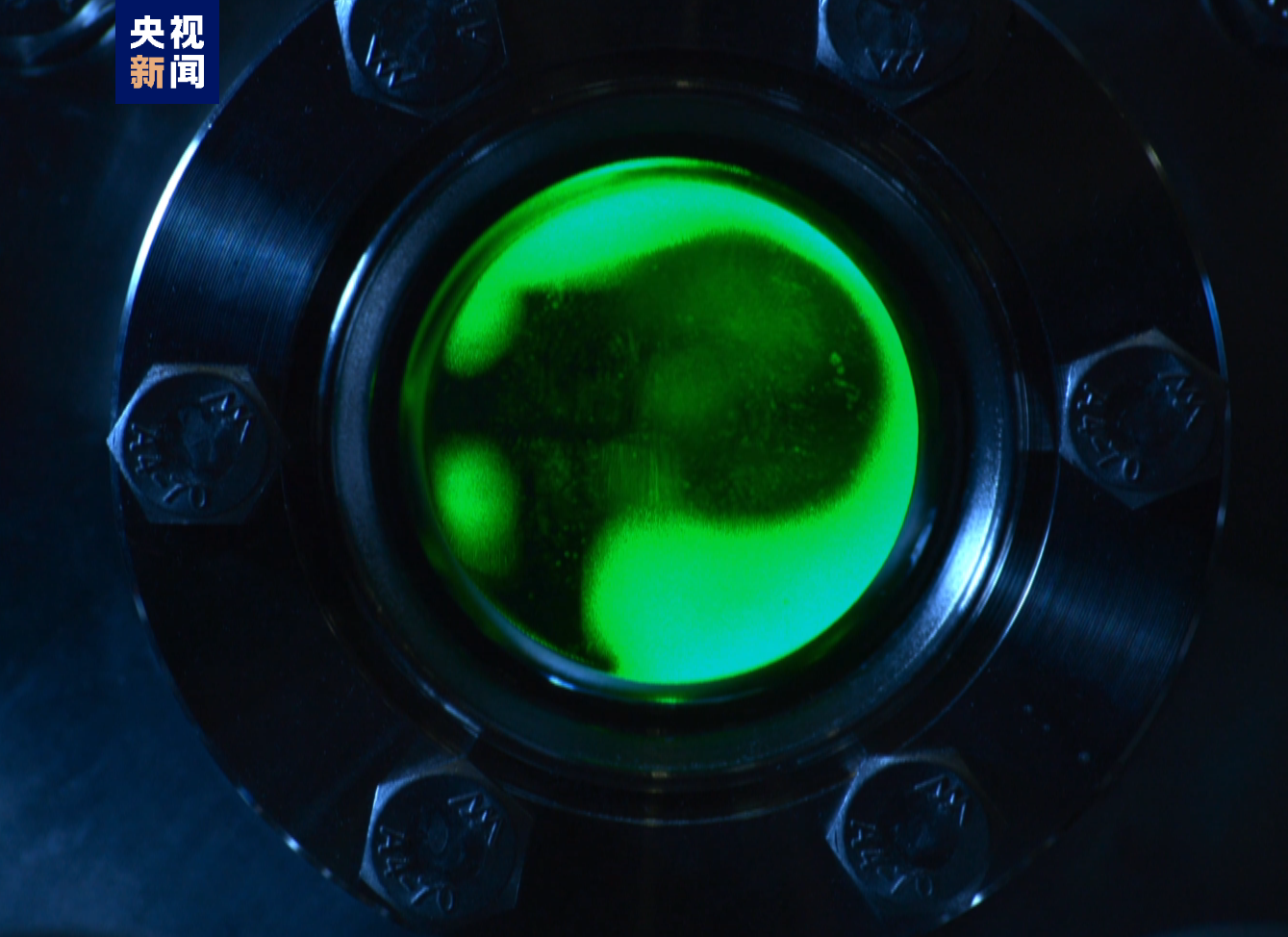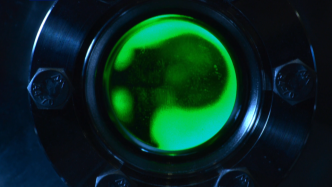
On February 16, Beijing time, the international academic journal Science published a new breakthrough by Chinese researchers in the field of chemical research. The scientific research team of the Dalian Institute of Chemical Physics, Chinese Academy of Sciences, used the Dalian Coherent Light Source, a major national scientific research instrument, to discover the first roaming reaction channel in a highly excited state of a molecule, demonstrating the universality of the roaming reaction mechanism in chemical reactions and providing a basis for understanding and prediction. Chemical reactions provide new perspectives.
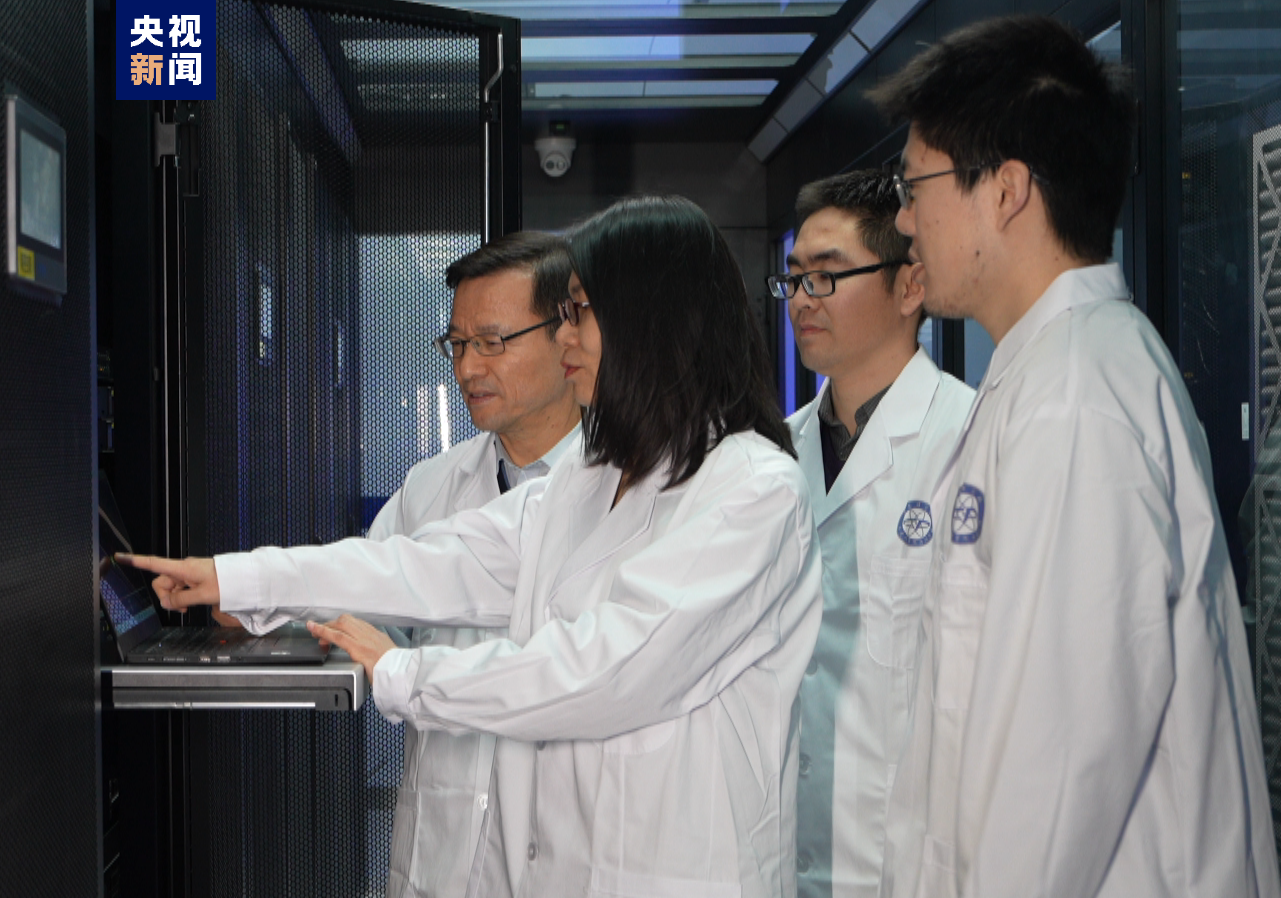
In the traditional transition state theory of chemical reactions, reactions mainly proceed along the path of minimum energy, just like "climbers" usually find the lowest ridgeline to cross a mountain in order to consume the least energy. In some chemical reactions, molecules may "wrap away" from the outside of the mountain. From a microscopic perspective, atoms or groups will not be immediately disconnected from the molecule, but will "slosh" near the molecule, sometimes far and sometimes near. Just like astronauts "roaming" in space, products that are different from traditional chemical reactions are eventually formed. This is the roaming reaction. At the beginning of the 21st century, scientists discovered the wandering reaction for the first time, but whether the wandering reaction exists when molecules reach a highly excited state has not been confirmed.
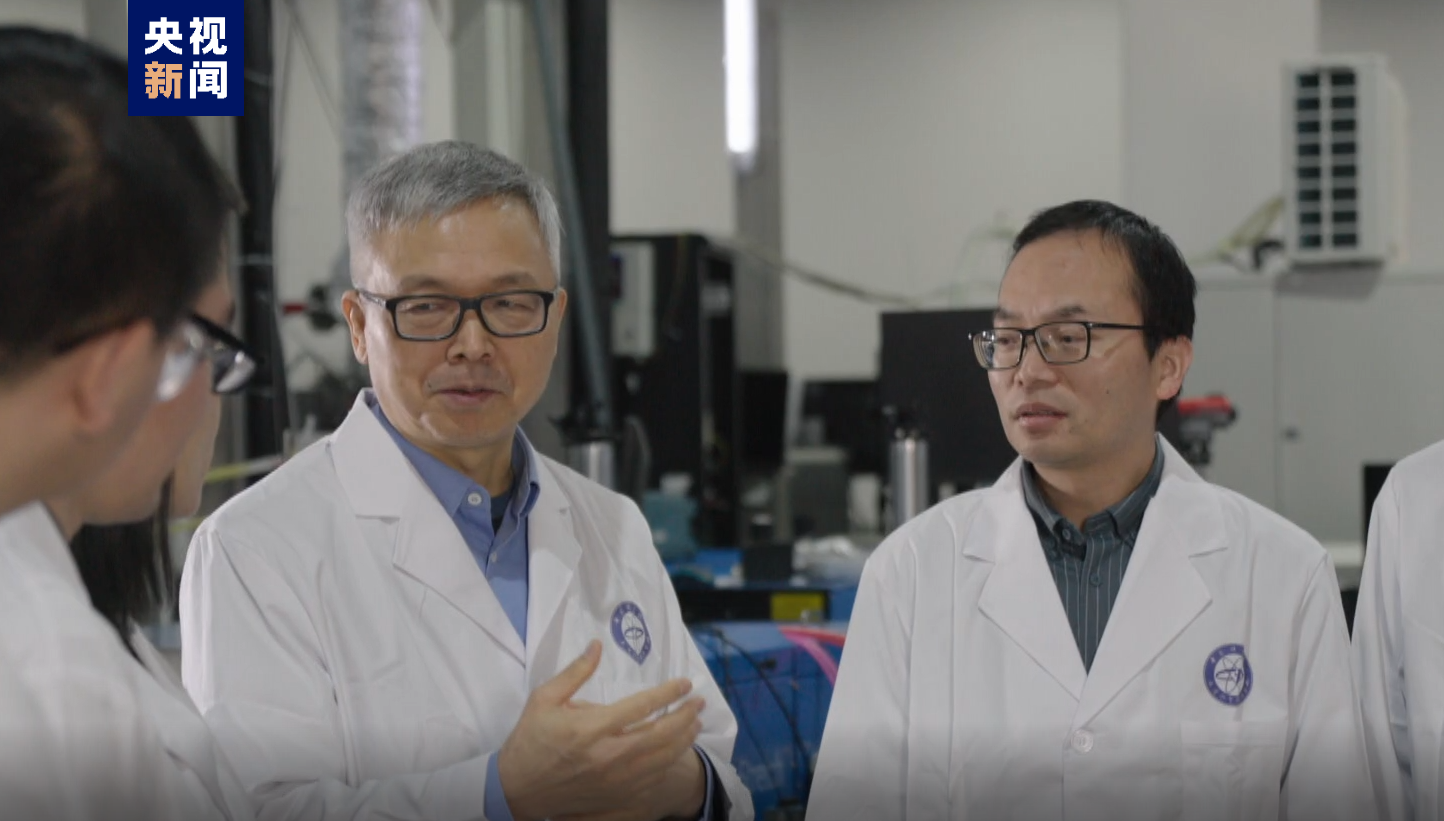
Our country's scientific research team used the Dalian Coherent Light Source to prepare highly excited sulfur dioxide molecules, and combined it with self-developed high-resolution ion imaging technology to detect the quantum state distribution of excited oxygen products. Experiments have found that the excited state oxygen product produced by the dissociation of sulfur dioxide molecules near the 133 nm band exhibits two vibrational quantum state distributions. Subsequently, the team of researcher Fu Bina and academician Zhang Donghui used independently developed high-precision excited state potential energy surface construction methods and product quantum state-resolved kinetic calculations to accurately reproduce the phenomenon observed in the experiment, revealing that highly excited state sulfur dioxide molecules can pass through The roaming reaction produces oxygen products with a high vibrational distribution, whereas the traditional minimum energy path only produces oxygen products with a low vibrational distribution. The consistency between experimental and theoretical results confirms the existence of highly excited state roaming reaction channels, indicating that roaming reactions are ubiquitous in chemical reactions.
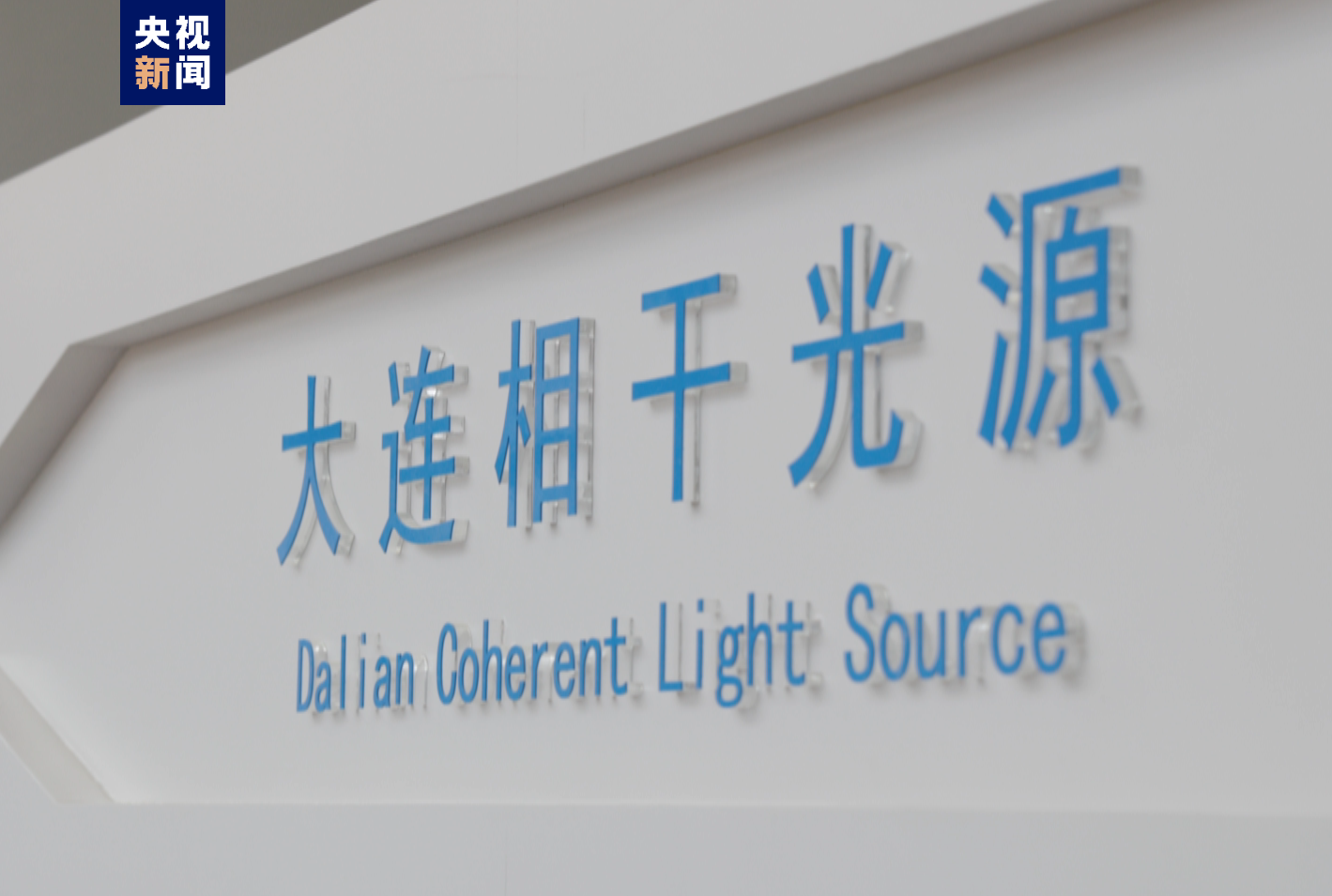
Through this study, researchers have gained a new understanding of previous theories of chemical reactions. Many phenomena that cannot be explained by traditional chemical reaction theories may be explained by the roaming reaction mechanism, which will enhance people's further understanding of the nature of chemical reactions. .
